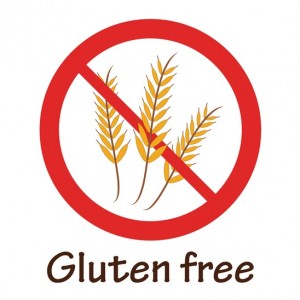 The past couple of posts have focused on foods that celiac patients can eat that are susceptible to contamination. Oats and beans are not the only gluten-free foods that may be cross-contaminated; other foods include meats, vegetables, gluten-free flours, fruits, and even beverages.
The past couple of posts have focused on foods that celiac patients can eat that are susceptible to contamination. Oats and beans are not the only gluten-free foods that may be cross-contaminated; other foods include meats, vegetables, gluten-free flours, fruits, and even beverages.
Contamination is common in restaurants, processing plants, and kitchens where gluten-free and gluten-rich foods coexist. While a person with celiac disease cannot necessarily control restaurant and processing plant procedures, he or she can take steps to prevent contamination in their personal kitchen! This is a more serious problem than people realize, and those who can eat gluten often do not understand the risks that come with cross-contamination. Luckily, prevention is easy if you know what to do. Here are some ways to keep that gluten away!
- Always wipe down counters and wash hands… everyone should be doing this anyway, so this should be absolutely no problem!
- Keep all gluten-rich foods and kitchen equipment used to cook foods with gluten in one area of the kitchen. Do not let gluten get all over the kitchen or it will become a bigger risk!
- Label and color code equipment! Yes, non-celiac people… Food can become contaminated with equipment.
- Do not use the same sponge to wash dishes carrying gluten-free food. It is better to be safe than sorry. Most people do not think about this, but the little steps do matter.
- Make sure people do not take gluten-filled food around the house. The last thing you want is crumbs and residue everywhere besides the kitchen!
- Use a different toaster for gluten-free bread. There are crumbs everywhere in toasters – crumbs with lots of gluten in them!
Contamination is such an important aspect of avoiding gluten; those who cannot eat it must take this issue seriously and those who can eat it must be respectful and considerate when they are cooking for gluten-free people! If you have celiac disease and still get sick from time to time, see if you are missing any of these steps in your kitchen routine; one of them just might make the difference.
Special thanks to Ashley Fowler, nutrition student at Clemson University, SC for writing this post!
